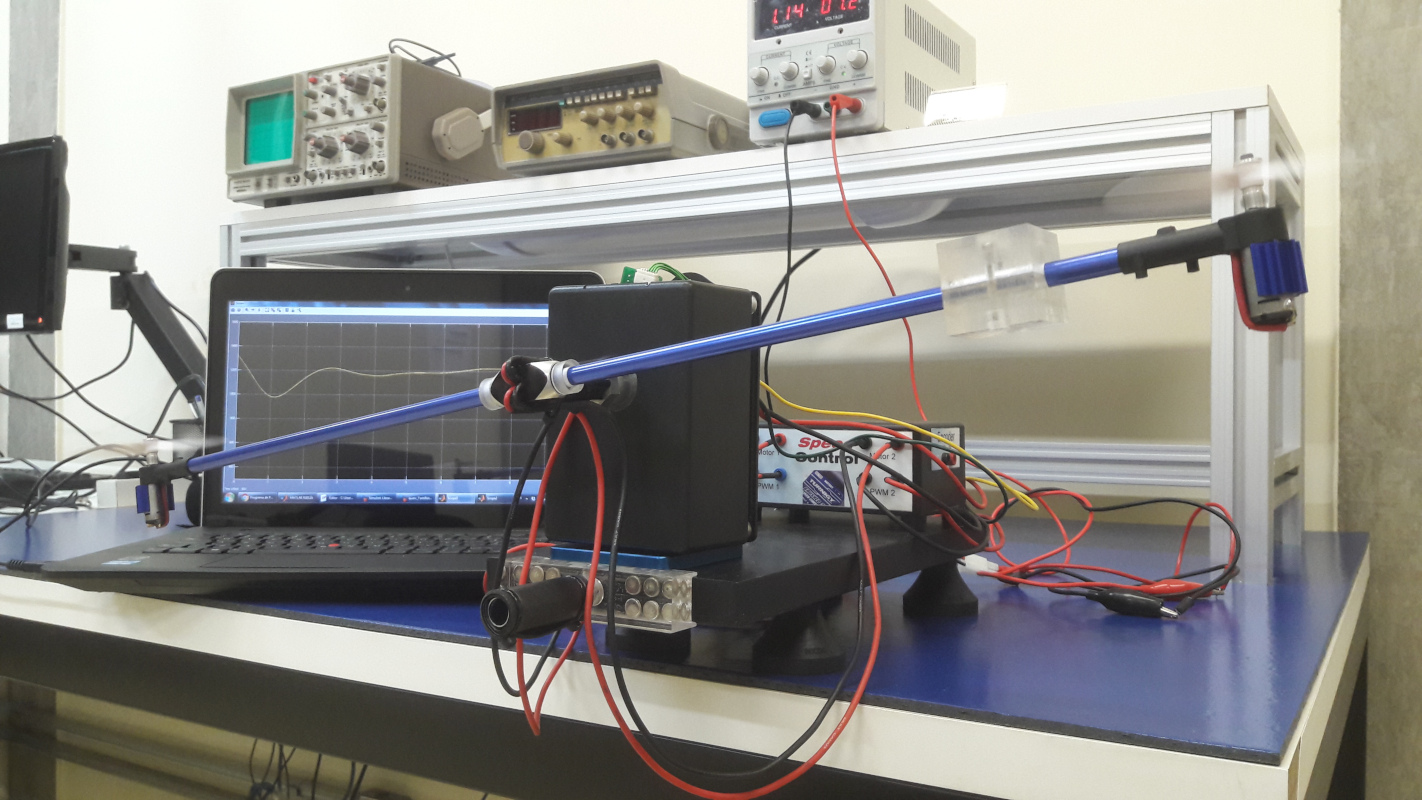Alessandro N. Vargas
I
Vertical take-off and landing (VTOL). This page presents information about VTOL, a kit that was implemented at UTFPR to help us advance the knowledge of aerodynamics of real-time helicopters.
Vertical take-off and landing (VTOL) refers to the capability of an aircraft, such as a helicopter, to ascend, descend, or hover vertically without requiring a runway or a significant amount of horizontal space. Understanding VTOL is crucial for comprehending the aerodynamics of real-time helicopters because it involves complex physics and engineering principles that affect the performance and maneuverability of these aircraft.
Aerodynamics plays a fundamental role in the behavior of helicopters during vertical take-off, landing, and hovering. Helicopters generate lift, the force that opposes gravity and allows them to stay in the air, through the rotation of their main rotor. The main rotor, which is tilted slightly forward, generates lift by exploiting the Bernoulli's principle, which states that as the velocity of a fluid (such as air) increases, its pressure decreases. As the rotor blades move through the air, they create areas of high and low pressure, causing air to flow from the high-pressure region to the low-pressure region, resulting in lift.
During vertical take-off and landing, the pilot manipulates the collective pitch control, which changes the pitch angle of all the rotor blades collectively, and the cyclic pitch control, which varies the pitch angle of each rotor blade individually as it rotates. These controls allow the pilot to adjust the lift generated by the rotor blades and control the direction and magnitude of the helicopter's movement. Understanding how the collective and cyclic pitch controls affect the aerodynamics of the rotor system is critical for the safe and efficient operation of helicopters during VTOL maneuvers.
The importance of a VTOL kit for studying vertical take-off and landing cannot be overstated. It provides a hands-on approach to understanding the complex aerodynamics, stability, and control principles involved in VTOL operations. With such a kit, researchers can conduct experiments, collect data, and analyze results to gain insights into the behavior of VTOL aircraft, optimize their design and performance, and improve safety and efficiency in VTOL operations.
